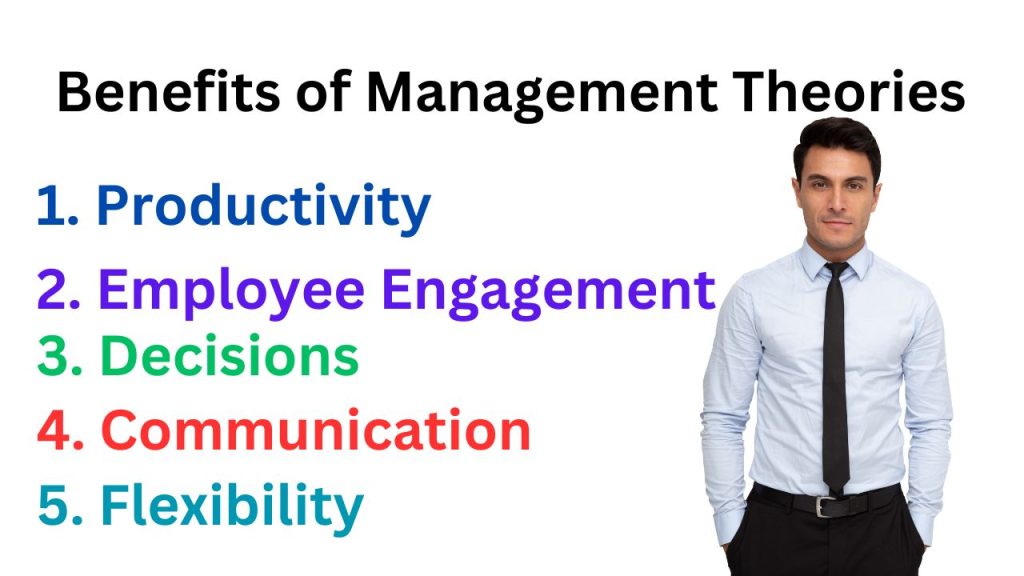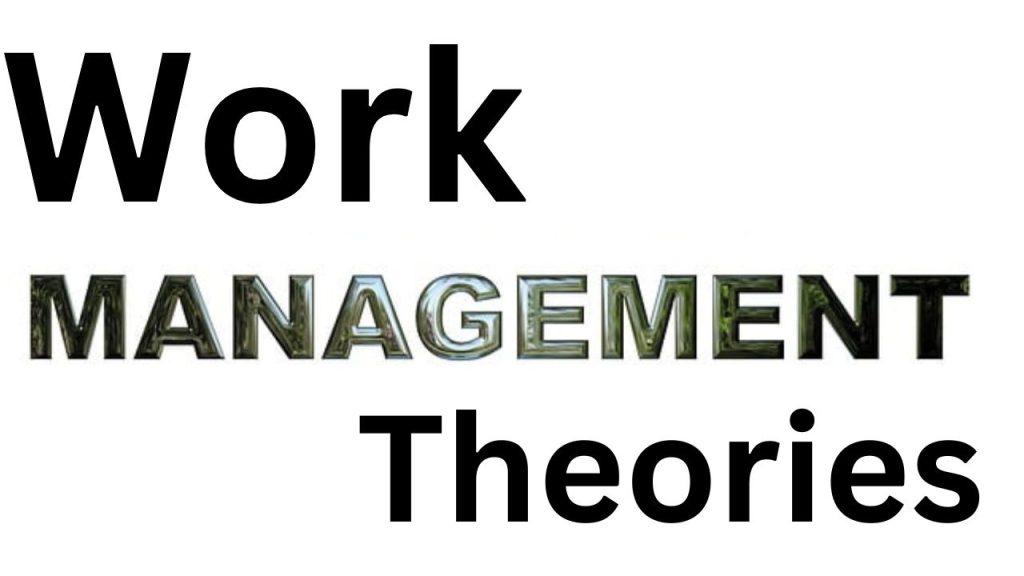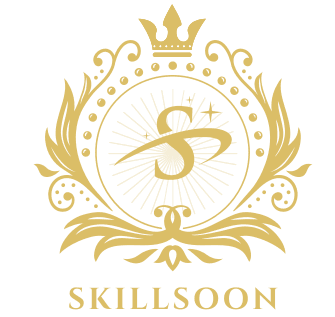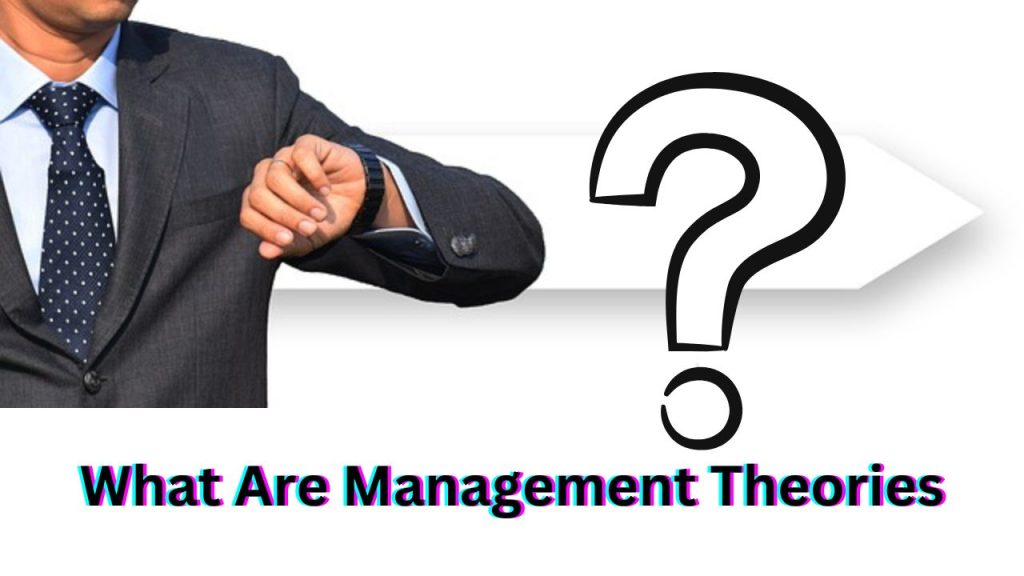Learn what are management theories, their benefits, and how to apply them in the workplace. Discover 7 key types with practical tips to improve productivity and teamwork.
What Are Management Theories?
Management theories refer to systematic frameworks that guide how leaders and organizations operate to achieve goals. The theories provide structured approaches for planning, organizing, directing, and controlling resources—which include employees, finances, and materials—to increase efficiency and productivity. In fact, management theories are designed to address various workplace challenges, which have continued to evolve as industries and needs for the employees change.
From improving workflow processes to fostering better relationships with employees, management theories are at the heart of organizational success. In this article, we’ll discuss the most influential management theories, their benefits, and practical tips for applying them in modern workplaces.
Benefits of Management Theories

Understanding and applying management theories can offer several advantages to organizations, including:
1. Productivity: Optimization of tasks and workflow to make effective utilization of resources
2. Employee Engagement: On the satisfaction of employees as has been done in human relations approach, or Theory X and Y help out in a more motivated and satisfied worker.
3. Decisions: Making them effective through administrative and bureaucratic approach.
4. Communication: Management theories emphasize smooth interactions between all the people within an organization so everyone is aligned.
5. Flexibility: Contemporary models, such as contingency management, educate organisations to make proper strategies toward changing environment and challenges.
Organizations adopting these theories result in a work culture that is effective yet humane.
Work Management Theories

Let’s see the major work management theories which have designed workplace practices, discussing their merits and usage at a time.
1. Scientific Management Theory
The scientific management theory is one that Frederick W. Taylor wrote about at the turn of the 20th century, and it’s all about how to optimize tasks for maximum efficiency; it’s often called “Taylorism.”
Key Ideas:
Break jobs into smaller and standardized parts.
Train employees so that they are able to do those parts as efficiently as possible.
Using time studies determine the best way of doing a job.
Sweep them up and reward them according to those results.
Example:
A car manufacturing plant employs the scientific management by adopting an assembly line in which workers are confined to a particular work, thus speeding up the production as a whole.
Advantages:
Productivity increases with lesser wastage
Well-defined expectations from the employees
Utility of time and resources is optimal
2. Administrative Management Principles Theory
Administrative management presented by Henri Fayol is the complete organizational management. It outlines the managerial role and comprises the principles that guide managers on their effective leadership.
Core Principles:
– Division of work: Specialization increases productivity.
– Authority and responsibility: Leaders must balance power with accountability.
– Unity of direction: Teams should work under a unified direction.
– Centralization: The power to take decisions should be appropriately delegated.
Example:
A departmental store chain adopts this theory when it defines very clearly the role of the store managers, employees, and regional supervisors in operating the organization. Every level only concentrates on its core responsibilities.
Benefits:
– Clear organizational structure.
– Coordination among the departments increases.
– Managerial accountability is increased.
3. Theory of Bureaucratic Management
Introduction: This theory has been developed by Max Weber, where strict and rule-bound management is practiced. Its main objective is to remove favoritism and inefficiency by standardization of procedures.
Key Principles:
– Hierarchical Structure: Lines of authority are upwards.
– The rules are clear: Decisions are guided by procedure and policies
– Impersonal relationships: Decisions on their face should be fact-based rather than a liking.
Example :
Common in government bureaus, bureaucratic management is. A department of public health employs strict rules in the allocation of resources and programs, thus portraying transparency.
Advantages:
No favoritism
Less vagueness in decision-making
More accountability because the rules are institutionalized
4. Human Relations Theory
As proposed by Elton Mayo in the Hawthorne Experiments, human relations theory focuses on workers’ welfare and interpersonal relationships in the workplace.
Key Principles:
– Work satisfactions: more than just money; social needs count too.
– Group dynamics and communication motivate employees better.
– Develop good relations with employees.
Example:
A software company adopts a human relations approach by conducting regular team-building activities and provisions for mental health, and the employees become happier and productive.
Benefits:
– Improved employee satisfaction
– Reduced turnover and absenteeism
– Better teamwork and collaboration
5. Systems Management Theory

This theory considers an organization as a system of connected parts working together to achieve the same thing. It points out the necessity of knowing how different components people, processes, and resources interact with each other.
Core Principles:
Organizations are composed of subsystems that must interact with one another.
There must be alignment between inputs (resources), processes, and outputs (results) if success is to occur.
Feedback loops are important for continuous improvement.
Example:
A healthcare organization employs systems management through the actual interdepartmental communication: for example, patient care, billing, and administration. In this way, the services become more optimal.
Benefits:
It increases teamwork to become more efficient.
It can solve problems by adopting a holistic point of view.
Adaptation to change is improved.
6. Contingency Management Theory
This is Fred Fiedler’s theory. He suggests that the appropriate approach depends on the provided situation. No specific approach is best suited for all situations.
Core Principles:
– A manager must adjust his or her style to the job and group environment.
– Environmental factors, like market, drive decisions.
– Flexibility is the ultimate success factor of an organization.
Example:
Contingency Theory
A start-up utilizes this theory by shifting from hierarchical organization to flat one while scaling operations to enhance creativity and speed in decision making.
Benefits
Flexibility through the challenges faced is more pronounced.
Organizational needs are more attuned with the goal structures.
High chances to thrive in dynamic circumstances
7. Theory X and Theory Y
Offered by Douglas McGregor, this theory discusses two different management approaches:
– **Theory X** trusts employees to be inactive and require close supervision.
– **Theory Y** believes employees are motivated and work well if given freedom.
Key Concepts:
– A manager must find out how workers behave and which approach is ideal for them.
– Trusting employees (Theory Y) usually yields more performance.
– There should be a balance between control and trust.
Case in Point:
This marketing firm shows Theory Y by allowing its workers to set their own schedules and thereby enhance their creativity and job satisfaction.
Benefits:
The ease of trust and collaboration among employees.
Maximises employee motivation.
Easier adaptability to individual types of work
Tips for Applying Management Theories in the Workplace
Most management theories become effective if customized to apply towards your organization’s needs. Check these actionable tips to get the most out of them:
1. Invest in Employee Training
Training programs help workers acquire much-needed skills and knowledge to perform effectively within some management concepts. For example,
Train the employees on optimal processes using scientific management.
Give them **human relations theory** through communication and leadership courses
2. Empower Employees to Decide
Some authority assigned to the employees as an integral part of making them responsible and creative. This again fits aptly with theory such as
– Theory Y, which trusts and encourages employee self-management.
– Contingency management, which instructs employees to seek flexible strategies customized according to the employee’s conditions.
3. Simplify the Organizational Hierarchy
Flattening hierarchies encourages communication and swift decision making. Proof of this emanates from:
– Systems management, which thrives on teamwork
– Human relations theory, whereby employee involvement is emphasized.
4. Collect Feedback Regularly
Feedback loops are necessary for calibrating management styles. Leverage your employee survey, the team meeting, and performance metrics to inquire about the extent to which your chosen theory works for you.
5. Align Goals Across Teams
Ensure all departments understand what they are working toward in regard to the organization’s larger goals. This fits well within:
– Systems management, where interdependence leads to success.
– Administrative management, which clings to unity of direction.
Management Theories Applied: Hands-on Templates

1. Scientific Management Implementation Template
Title: Enhance Flow of Work to Enhance Productivity
Body
Team,
This will start new task-specialized and time-optimized workflows that are friendly to better efficiency. What this means is as follows: UN salt
– Task breaking into smaller steps.
Training sessions, targeted to learn best practices.
Introduction of incentives for higher productivity.
Let’s all work together seamlessly to institute these changes.
Best,
[Manager’s Name]
2. Human Relations Initiatives Template
Subject: Let’s Build a Happier Workplace
Body:
Hi Team,
A happy team is a productive team. Let’s make that supportive environment by organizing regular team-building activities and adhering to open-door policies for feedback along with well-being programs, including mental health resources. Your voice matters: we want to know how we can better support you.
Best,
[Manager’s Name]
3. Contingency Planning Template
Subject: Adapting to New Challenges
Body:
Hi Team,
As we continue to watch the market shift, so too must our strategy to stay ahead of the game. In other words, we will focus on.
– Flexible project timelines.
– Encouraging innovative solutions.
–
Regular check-ins to assess progress.
Together, we’ll navigate these changes and emerge stronger.
Best,
[Manager’s Name]
By understanding and applying these management theories, organizations can create environments where employees and goals align seamlessly, ensuring long-term success.




